3Rs of Sustainability for Old Clothes
The 3Rs of Sustainability for Old Clothes—Reduce, Reuse, Recycle—represents a hierarchical approach to minimizing clothing waste while maximizing resource efficiency. Reducing focuses on mindful consumption and quality investments that minimize unnecessary purchases. Reusing extends garment lifespans through repair, repurposing, and redistribution. Recycling transforms worn-out textiles into new resources when they can no longer be used in their current form. By understanding and implementing the 3Rs of Sustainability for Old Clothes, consumers can significantly decrease their fashion footprint while maintaining personal style and supporting a more circular textile economy.
Table of Contents
ToggleThe fashion industry stands as one of the world’s largest polluters, with an estimated 92 million tons of textile waste generated annually and less than 20% being recycled or reused. As consumers increasingly recognize the environmental impact of their purchasing decisions, sustainable management of clothing has become a critical consideration for eco-conscious individuals. The 3Rs of Sustainability for Old Clothes provides a comprehensive framework for addressing these challenges, offering practical approaches to extend the lifespan of garments and reduce the environmental burden of fashion consumption.
Why Clothing Sustainability Matters in the Modern World
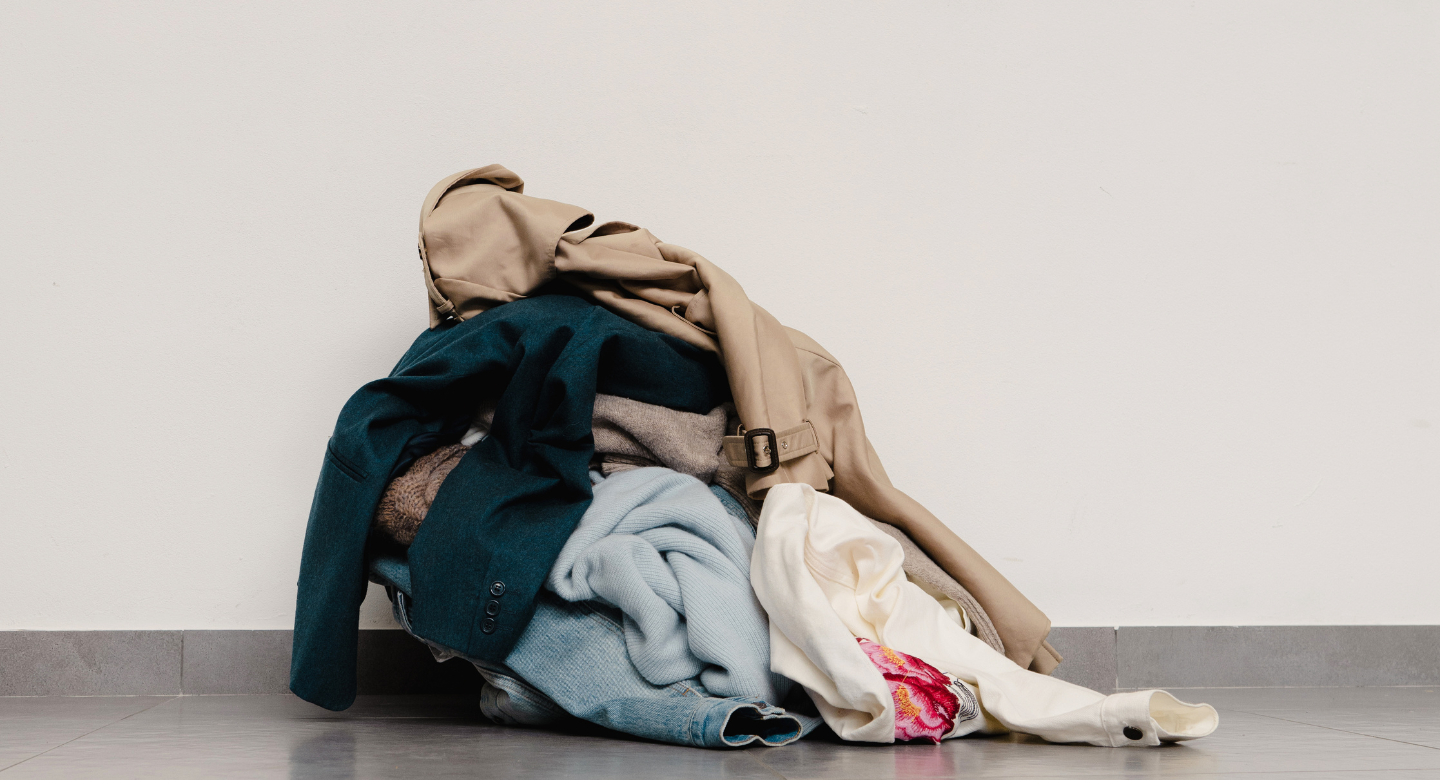
The environmental impact of clothing production and disposal extends throughout complex global supply chains. A single cotton t-shirt requires approximately 2,700 liters of water to produce—equivalent to what one person drinks in 2.5 years. Synthetic garments release an estimated 500,000 tons of microfibers into waterways annually, equivalent to 50 billion plastic bottles. Fast fashion’s accelerating production cycles have dramatically shortened clothing lifespans, with garments typically discarded after just seven to ten wears in developed economies.
When improperly managed, old clothing creates significant environmental challenges. In landfills, natural fibers like cotton generate methane as they decompose, while synthetics like polyester can persist for hundreds of years, leaching chemicals into soil and groundwater. Clothing incineration releases carbon dioxide and potentially harmful substances like microplastics and chemical dyes into the atmosphere. In many regions, discarded textiles are shipped to developing nations, where they overwhelm local markets and waste management systems, creating both economic and environmental burdens.
Responsible clothing practices are particularly crucial as global textile consumption continues rising, projected to increase by 63% by 2030. The environmental consequences of current patterns—including water pollution from dyeing processes, carbon emissions from manufacturing and transport, and landfill burden from disposal—threaten to outpace ecosystem resilience. By adopting the 3Rs of Sustainability for Old Clothes, consumers can help redirect the trajectory of fashion consumption toward more circular models that respect planetary boundaries while still fulfilling human needs for self-expression and comfort.
How Sustainable Clothing Practices Help

Conscious decisions regarding clothing acquisition, care, and disposal can significantly reduce environmental impacts throughout the garment lifecycle. When consumers embrace quality over quantity, properly maintain their clothes, and ensure responsible end-of-life management, they create demand signals that ripple throughout supply chains. Research indicates that extending the active life of clothing by just nine months reduces its carbon, water, and waste footprints by approximately 20-30% each, while cutting resource costs by about 20%.
The benefits of sustainable approaches to clothing extend beyond environmental metrics. By choosing durable garments and maintaining them properly, consumers typically save money over time despite higher initial investments. Supporting ethical brands, secondhand markets, and textile recycling creates more resilient local economies with diverse job opportunities in repair, resale, and remanufacturing. Additionally, mindful wardrobe management often leads to greater satisfaction with fewer items, reducing the psychological burden of excessive choice while ensuring each piece serves a purpose and brings joy to its owner.
How to Practice Clothing Sustainability
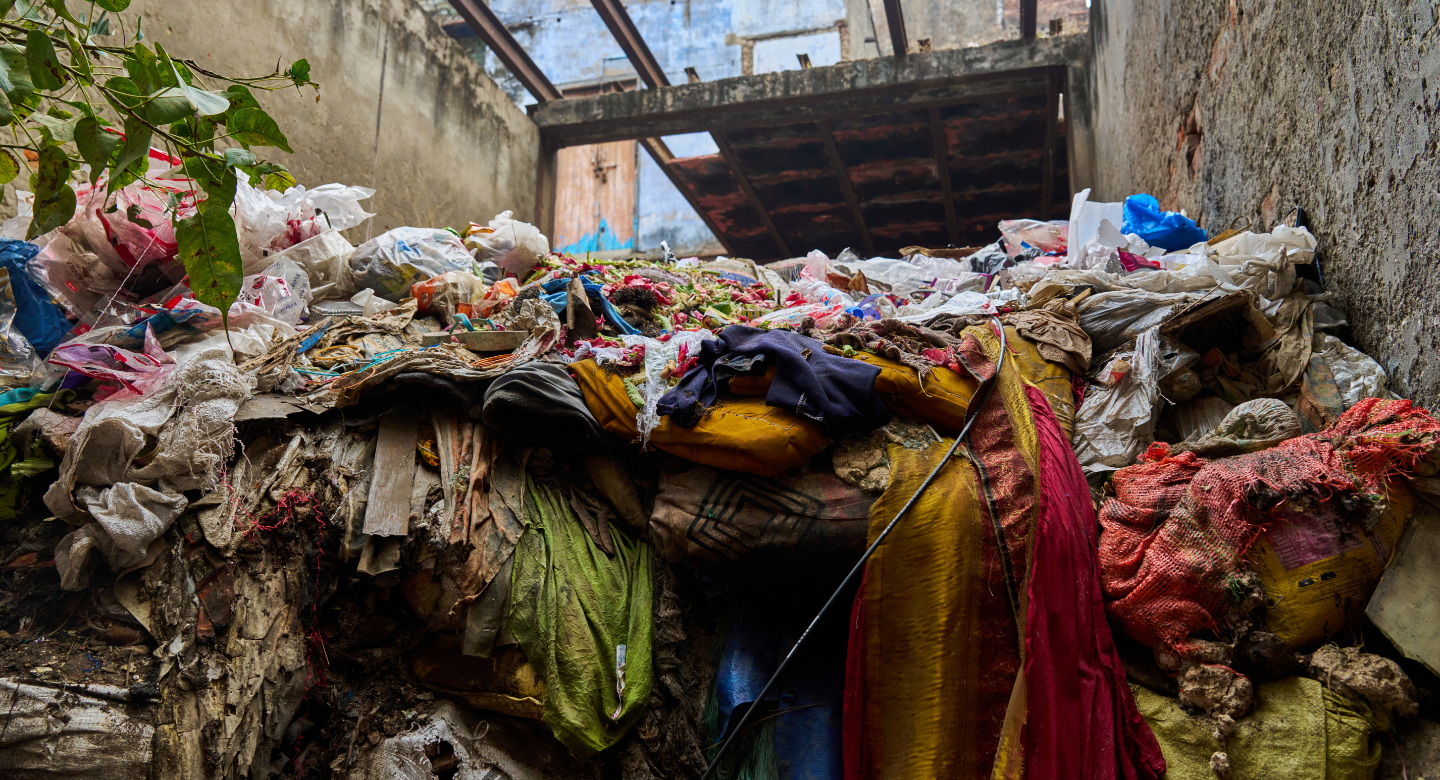
Practical strategies for implementing the 3Rs of Sustainability for Old Clothes begin with thoughtful acquisition. Building a versatile wardrobe of high-quality, timeless pieces that coordinate well reduces the need for frequent purchases. Researching brands’ environmental and social practices supports companies that prioritize sustainability throughout their operations. When shopping, choosing natural, biodegradable fibers for items washed frequently and durable synthetics for long-wearing pieces optimizes each garment’s environmental performance for its specific use.
Proper clothing care represents another critical aspect of sustainability. Washing clothes less frequently, at lower temperatures, and with environmentally friendly detergents significantly extends their lifespan while reducing water and energy consumption. Learning basic mending skills—or utilizing local repair services—transforms minor damage from a reason for disposal into an opportunity for personalization and extended use. Proper storage, including appropriate folding techniques and protection from sunlight and pests, prevents premature deterioration.
When garments no longer serve their original purpose, numerous alternatives exist beyond disposal. Well-maintained clothes can find new owners through resale platforms, clothing swaps, or donations to appropriate organizations. Items with sentimental value can be transformed into memory quilts or keepsake products. Even damaged textiles can often be repurposed into household items like cleaning rags or pet bedding. By exploring these options before considering disposal, consumers fulfill the complete cycle of the 3Rs of Sustainability for Old Clothes.
The Role of the 3Rs in Clothing Sustainability
1. Reduce: Minimizing Waste Generation from Clothing Consumption

The most effective approach to clothing sustainability begins with reduction—preventing unnecessary purchases and associated resource consumption. Consumers can significantly decrease their clothing footprint by critically evaluating their actual needs versus wants, understanding personal style to make coherent wardrobe choices, and focusing on versatile pieces that serve multiple functions. Building a capsule wardrobe—a curated collection of complementary items—maximizes outfit combinations from minimal pieces.
Mindful purchasing represents the cornerstone of reduction strategies. Before buying, consumers should consider a garment’s cost-per-wear (price divided by estimated number of uses), material durability, construction quality, and timeless design elements. Rental services for occasion wear eliminate the need to purchase seldom-used formal attire, while borrowing from friends or family can satisfy temporary needs. These approaches exemplify the first principle in the 3Rs of Sustainability for Old Clothes by preventing unnecessary resource consumption and waste generation at the source.
Eco-friendly alternatives to conventional clothing acquisition have expanded dramatically in recent years. Brands focusing on high-quality, ethically produced basics offer durable garments designed for longevity. “Slow fashion” emphasizes timeless design over trendy pieces, while made-to-order models eliminate excess inventory. Digital try-on technologies help consumers make more informed purchasing decisions, potentially reducing returns and associated transport emissions. For growing children, clothing subscription services provide appropriately sized garments that are returned for use by other families when outgrown.
2. Reuse: Finding Creative Ways to Repurpose Old Clothes

When consumers acquire clothing, numerous opportunities exist to extend each garment’s useful life through reuse strategies. Regular maintenance, including proper washing techniques and prompt repairs, prevents premature deterioration. When minor damage occurs, mending techniques like visible mending transform necessary repairs into artistic statements. Garments that no longer fit can often be altered, while those that have fallen out of favor may be rejuvenated through dyeing, embellishment, or restyling.
Clothing reuse extends beyond the original owner through redistribution channels. Well-maintained items can find new homes through consignment shops, online resale platforms, or clothing swap events. Donation to appropriate charities—those that actually need the specific types of items being donated—supports community members while preventing waste. Some communities have established “free stores” or clothing libraries where garments circulate among numerous users. These approaches fulfill the second element of the 3Rs of Sustainability for Old Clothes by maximizing each garment’s active lifetime.
Creative repurposing offers additional reuse opportunities for garments unsuitable for redistribution in their current form. Denim jeans become durable shopping bags, t-shirts transform into produce sacks or cleaning rags, wool sweaters can be felted into slippers or mittens, and fabric scraps become quilts or stuffing for pillows. For those with basic sewing skills, old button-down shirts provide fabric for children’s clothing, while vintage scarves may become decorative throw pillows. Even damaged textiles can find new life as pet bedding, garden ties, or craft materials before entering waste streams.
3. Recycle: Ensuring Proper Textile Recycling

When reduction and reuse options have been exhausted, recycling represents the final component of the 3Rs of Sustainability for Old Clothes. Effective textile recycling requires understanding that garments contain various materials with different recycling potentials. Pure fabrics like 100% cotton, wool, or polyester generally offer more recycling options than blended materials. Before recycling, consumers should remove non-fabric elements like buttons, zippers, and embellishments, which can contaminate recycling streams or damage processing equipment.
Textile recycling systems vary significantly worldwide. In some regions, curbside textile collection programs accept worn-out clothing for processing. Retail take-back programs offered by brands like H&M, Patagonia, and Eileen Fisher accept used garments—sometimes limited to their own brands—for recycling or repurposing. Specialized recycling companies process specific materials: denim recycling programs create new fabric or insulation, shoe recycling initiatives convert athletic footwear into playground surfaces, and some facilities transform polyester into new yarn for fresh garments.
The recycling process typically involves sorting textiles by material composition, color, and condition before shredding them into fibers that become raw material for new products. Natural fibers may be compressed into insulation materials or reprocessed into lower-grade textiles. Synthetic fibers can sometimes be chemically or mechanically recycled into virgin-equivalent materials. While technology continues advancing, current textile recycling often results in “downcycling” to lower-value applications. This reality reinforces why recycling represents the last option in the 3Rs of Sustainability for Old Clothes, after reduction and reuse have been prioritized.
Sustainable Production Practices for Clothing
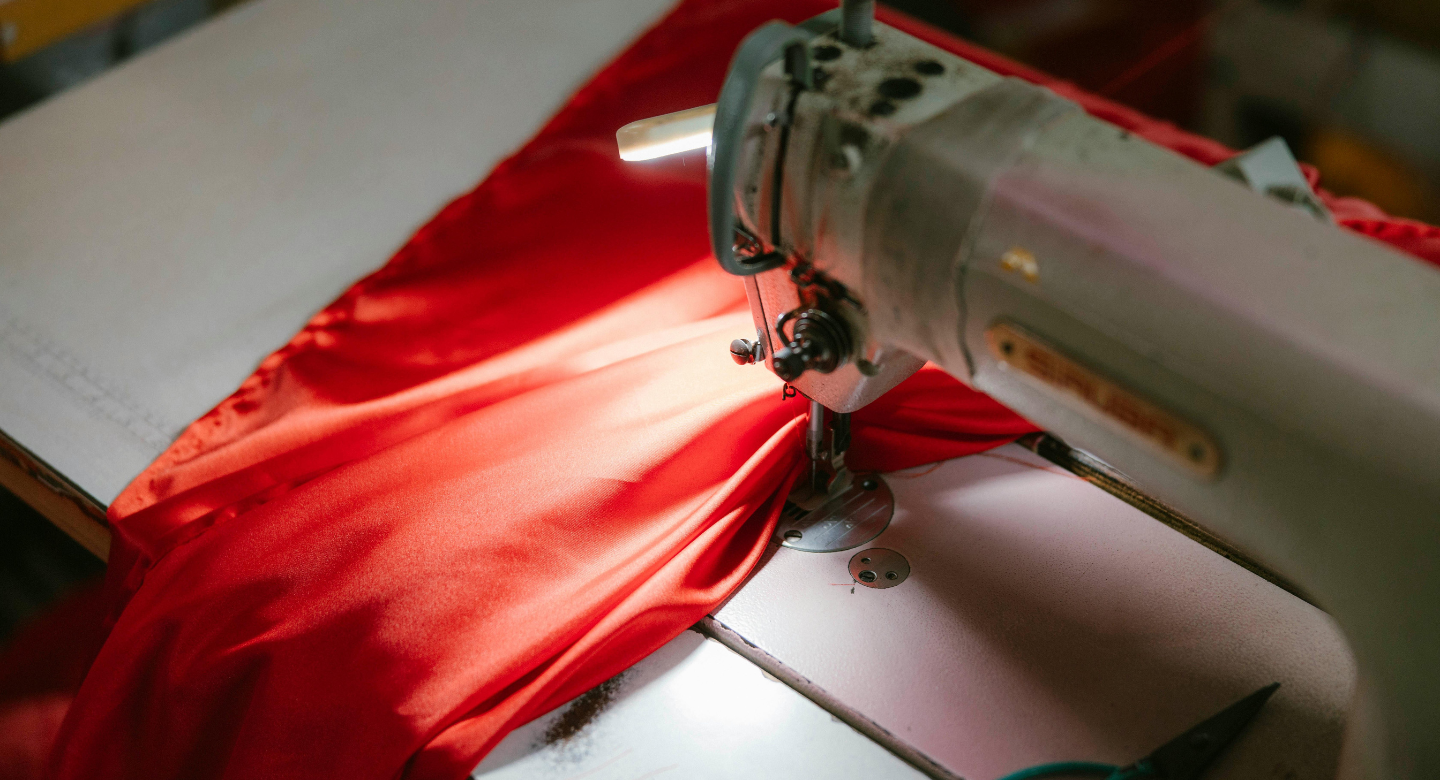
Forward-thinking brands are revolutionizing clothing production through innovative materials and processes that align with the 3Rs of Sustainability for Old Clothes. Circular design principles create garments specifically engineered for disassembly and recycling at end-of-life. Mono-material construction eliminates the blends that complicate recycling, while detachable components allow for easier separation during processing. Some manufacturers now incorporate recycled content from post-consumer textiles into new garments, creating demand for the materials generated through recycling programs.
Material innovation plays a crucial role in sustainable clothing production. Regenerative agricultural practices for natural fibers like cotton and wool actively restore soil health rather than merely reducing harm. Textile producers are developing fibers from agricultural waste—pineapple leaves become leather alternatives, citrus peels transform into silk-like fabric, and mushroom mycelium creates viable leather substitutes. These innovations extend the principles of the 3Rs of Sustainability for Old Clothes into supply chains by incorporating waste reduction and material reuse at the production stage.
Manufacturing improvements throughout production processes have significantly reduced the environmental footprint of clothing creation. Water recycling systems in dyeing operations can reduce freshwater consumption by up to 95%, while digital printing technologies minimize chemical usage and wastewater production. Zero-waste pattern cutting eliminates fabric scraps by designing garments that utilize the entire textile width. These production-stage innovations complement consumer-focused implementation of the 3Rs of Sustainability for Old Clothes by addressing environmental impacts throughout the garment lifecycle.
Regulatory Insights & Industry Standards Globally

Governments worldwide are implementing regulatory frameworks addressing clothing sustainability throughout global supply chains. The European Union’s Circular Economy Action Plan includes specific provisions for textiles, mandating extended producer responsibility and setting targets for collection and recycling rates. France has pioneered anti-waste legislation prohibiting the destruction of unsold fashion items and requiring electronic tagging to facilitate recycling. In Asia, countries like Japan have established extensive collection infrastructures for used clothing, achieving recovery rates exceeding 65%.
The fashion industry has developed voluntary standards complementing these regulations. The Sustainable Apparel Coalition’s Higg Index provides standardized sustainability measurements across environmental and social dimensions. Certification systems like Global Organic Textile Standard (GOTS) and OEKO-TEX verify environmental claims and chemical safety. Fashion industry coalitions including the Fashion Pact and Sustainable Clothing Action Plan have established voluntary commitments for waste reduction, carbon neutrality, and circular business models.
Educational initiatives provide additional support for these efforts through consumer awareness campaigns and professional development. Fashion schools increasingly incorporate sustainability principles into design curricula, while continuing education programs help established professionals transition toward circular practices. These integrated regulatory, voluntary, and educational approaches create a comprehensive framework supporting the 3Rs of Sustainability for Old Clothes throughout diverse global contexts.
Carbon Footprint Analysis of Clothing Lifecycle
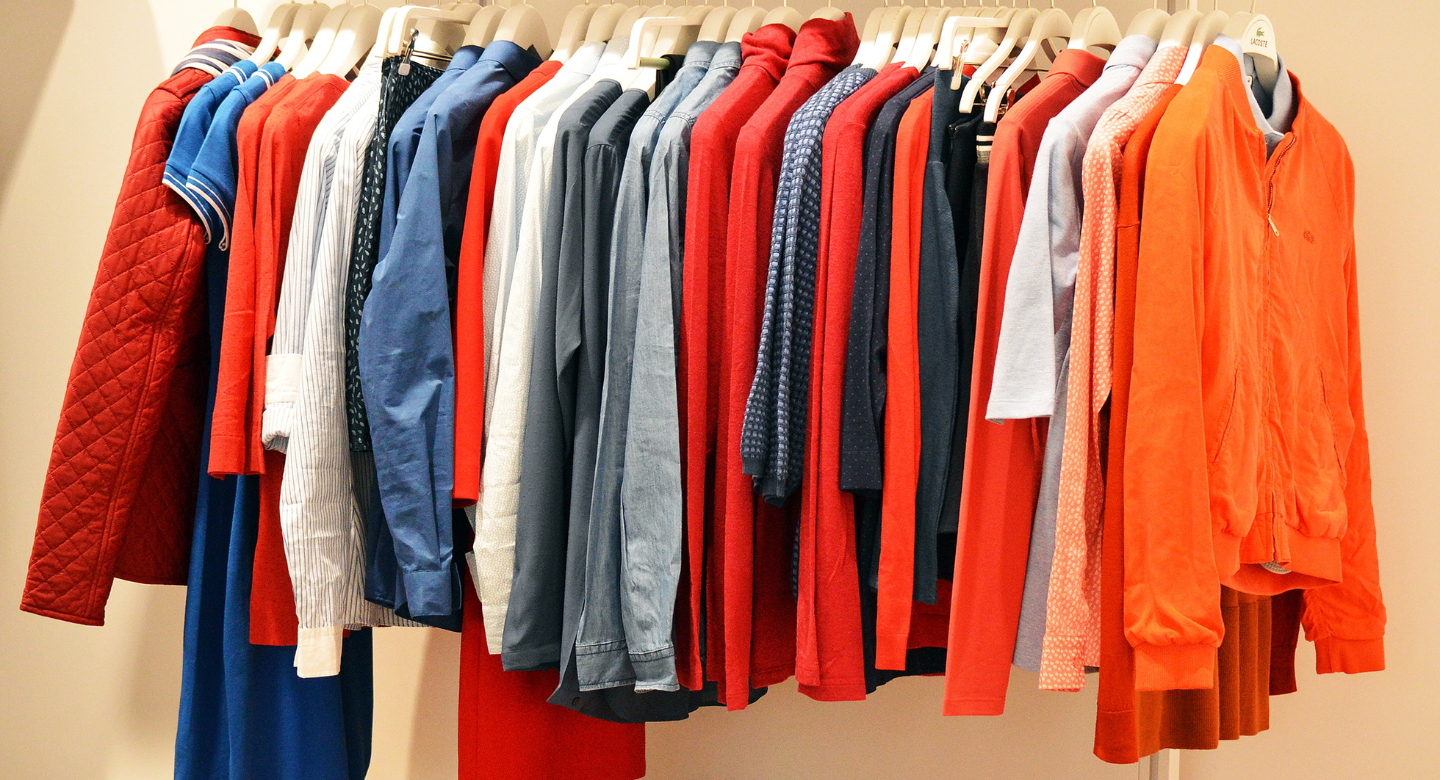
The environmental impact of clothing varies significantly throughout its lifecycle. Production represents the most resource-intensive phase, with each kilogram of textile generating an average of 20-30 kilograms of CO₂ equivalent emissions. Cotton cultivation and polyester production are particularly impactful, with the latter derived from petroleum and requiring energy-intensive processing. Transportation adds variable impacts depending on manufacturing locations and distribution methods, with air freight generating approximately 20-30 times more emissions than sea transport for equivalent cargo.
Consumer behavior substantially influences clothing’s lifetime carbon footprint. Laundry practices account for approximately 40% of the environmental impact of many garments, with frequent washing, tumble drying, and hot water use significantly increasing energy consumption. Extended garment use through proper care and reuse channels dramatically reduces per-wear environmental costs by distributing production impacts across more uses. These usage patterns underscore why the 3Rs of Sustainability for Old Clothes emphasize both acquisition reduction and lifespan extension.
End-of-life scenarios dramatically affect clothing’s overall environmental performance. When landfilled, natural fibers produce methane during decomposition, while synthetic materials persist for centuries. Incineration releases carbon stored in fibers while potentially creating toxic emissions from treatments and dyes. Recycling processes require additional energy but offset virgin material production. One kilogram of collected used clothing can reduce 3.6 kg of CO₂ emissions, 6,000 liters of water consumption, and 0.5 kg of fertilizers compared to producing new textiles. These significant differences underscore the importance of implementing the complete 3Rs of Sustainability for Old Clothes approach.
Case Studies & Real-World Impact
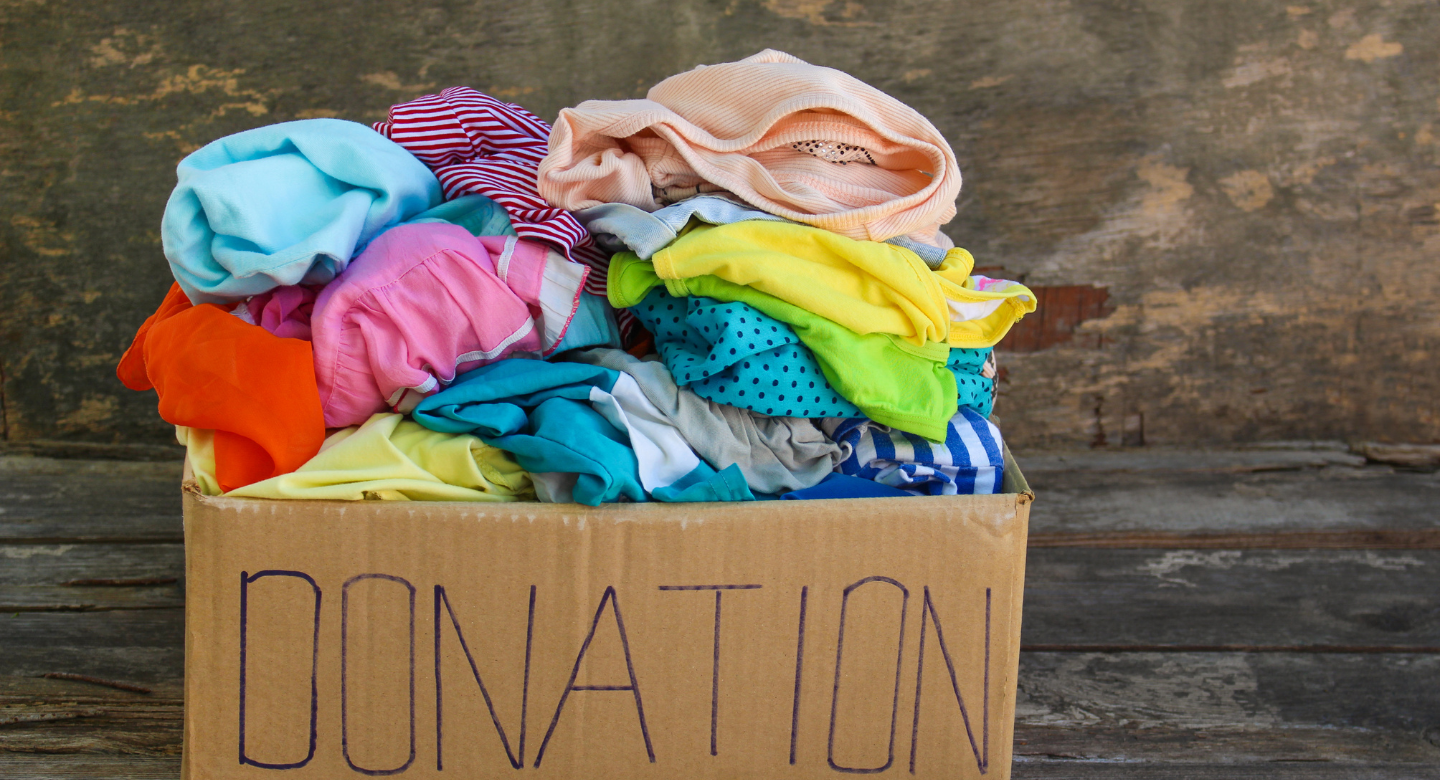
Innovative approaches to clothing sustainability have emerged worldwide, demonstrating the practical application of the 3Rs of Sustainability for Old Clothes. In Sweden, the Stockholm municipality implemented a comprehensive textile collection system that increased recovery rates from 11% to 59% within three years. The program includes convenient collection points in residential areas, clear communication about acceptable items, and partnerships with social enterprises that sort collected textiles for reuse and recycling. This system diverts approximately 2,000 tons of textiles annually from waste streams while creating employment opportunities.
Community-level initiatives have demonstrated remarkable success in normalizing clothing reuse. The “Repair Café” movement—originating in the Netherlands but now operating in over 2,000 locations globally—organizes events where volunteer experts help community members repair clothing and other household items. These events have extended the life of more than 420,000 items worldwide, preventing approximately 630,000 kg of CO₂ emissions while building repair skills and social connections. Local clothing swaps and textile recycling drives further demonstrate how community action can implement the 3Rs of Sustainability for Old Clothes at neighborhood scales.
Brands serving consumers have also demonstrated leadership in clothing sustainability. Outdoor company Patagonia pioneered its Worn Wear program, which repairs approximately 40,000 garments annually while offering store credit for returned items that are resold or recycled. Fashion label Eileen Fisher’s Renew program takes back the company’s garments for cleaning and resale, with damaged pieces transformed into art or home goods through a zero-waste approach. These business models demonstrate how commercial enterprises can profitably incorporate the 3Rs of Sustainability for Old Clothes into their operations while providing consumers with convenient sustainability options.
Actionable Steps for Consumers to Reduce Clothing Waste
Consumers can implement numerous practical strategies to improve clothing sustainability throughout garment lifecycles:

- Conduct a wardrobe audit to understand what you own and identify gaps before making new purchases
- Research brands’ environmental practices and material sourcing before shopping
- Invest in quality, versatile basics that coordinate with multiple outfits
- Learn basic mending skills to repair minor damage and extend garment lifespans
- Wash clothes less frequently, in cold water, and line-dry when possible
- Host or participate in clothing swaps with friends or community groups
- Explore local consignment and secondhand shops before buying new
- Research textile recycling options in your area for truly worn-out items
- Support brands with take-back or repair programs that facilitate circular use
- Consider rental services for occasion wear or rapidly changing sizes
These individual actions, when multiplied across millions of consumers, represent significant potential for reducing the environmental footprint of fashion while maintaining the personal expression and practical functions clothing provides. By implementing these strategies, consumers directly contribute to the 3Rs of Sustainability for Old Clothes in their daily lives.
Conclusion: The Future of Clothing Sustainability
The evolution of clothing sustainability will require coordinated efforts across multiple stakeholders—from designers and manufacturers to retailers, consumers, and waste management systems. Emerging technologies promise significant advancements, including fiber-to-fiber recycling processes that maintain material quality through multiple lifecycles, blockchain-based systems that verify garment provenance and facilitate appropriate end-of-life handling, and rental platforms that maximize utilization rates through shared ownership models.
The 3Rs of Sustainability for Old Clothes remains the fundamental approach guiding these innovations and individual actions. By prioritizing waste prevention through mindful consumption, finding creative second lives for existing garments, and ensuring textiles enter appropriate recovery streams when worn beyond repair, consumers can significantly reduce their fashion footprint while maintaining personal style. As sustainable fashion evolves from niche interest to mainstream expectation, clothing practices will continue developing to meet the dual demands of self-expression and environmental responsibility.
The most promising development may be the growing recognition that clothing sustainability represents a shared responsibility rather than an individual burden. Designers are creating garments specifically engineered for longevity, repair, and eventual recycling. Retailers are establishing repair services and take-back programs that make sustainable choices convenient. These systemic changes, combined with individual consumer awareness, create the conditions for truly sustainable clothing practices that reduce environmental impacts while enhancing personal satisfaction with our wardrobes. Through consistent application of the 3Rs of Sustainability for Old Clothes, the fashion industry can transform from environmental liability to model of circular economy principles in action.
Discover More Blogs Like This:
3Rs of Sustainability for Single-Use Packaging
3Rs of Sustainability for Glass Bottles
3Rs of Sustainability for Aluminum Cans
Frequently Asked Questions (FAQs) About 3Rs of Sustainability for Old Clothes
What do the 3Rs of sustainability mean for old clothes?
The 3Rs—Reduce, Reuse, and Recycle—are essential strategies for managing textile waste responsibly. In the context of old clothes, “Reduce” means buying fewer clothes or choosing higher quality items that last longer. “Reuse” encourages wearing clothes longer, repurposing them, or donating to others. “Recycle” refers to turning old garments into new products, either through industrial textile recycling or upcycling at home.
How can I reduce the number of clothes I waste?
To reduce clothing waste, focus on mindful purchasing—buy only what you need and opt for versatile, timeless pieces over fast fashion. Choose durable materials, follow proper care instructions to extend lifespan, and avoid impulse buying. Building a capsule wardrobe, where fewer high-quality items serve multiple purposes, is a practical way to reduce fashion-related waste.
Can old clothes be reused?
Absolutely! Old clothes can be reused in many creative and useful ways. They can be handed down, donated to charities or thrift stores, or used as cleaning rags and home textiles. Clothes in good condition can also be sold online or swapped through clothing exchange programs. Reusing keeps textiles out of landfills and gives them a second life, benefiting both people and the planet.
How can old clothes be recycled?
Old clothes can be recycled by sending them to textile recycling centers where they’re broken down into fibers to make insulation, padding, or new fabric. Some brands and stores offer take-back programs that accept used clothes regardless of condition. You can also upcycle clothes at home—transform jeans into bags, T-shirts into pillow covers, or socks into toys—giving them a new purpose.
What types of clothing can be recycled?
Most natural fiber garments like cotton, wool, and linen can be recycled more easily than synthetic fabrics. However, modern recycling facilities can also handle blends and synthetic materials to some extent. Items that are too damaged for reuse—such as ripped, stained, or worn-out clothes—can still be recycled into industrial rags, carpet padding, or insulation materials.
Why is reusing old clothes better than recycling them?
Reusing clothes is generally more sustainable than recycling because it extends the life of the item with minimal energy use. Recycling requires additional processing, including sorting, shredding, and re-manufacturing, which consumes energy and water. Reuse delays a garment’s entry into the waste system and reduces demand for new products, conserving resources.
Where can I donate old clothes for reuse?
You can donate clothes to charities, shelters, second-hand stores, churches, or local community organizations. Many online platforms and mobile apps also connect donors with people in need. Some fashion retailers have drop-off bins or take-back schemes, where donated clothes are redistributed or responsibly processed. Always donate clean and usable items to ensure they help others.
How does reducing clothing waste help the environment?
Reducing clothing waste has a huge positive impact on the environment. It cuts down on water and energy consumption, limits the release of microplastics from synthetic fabrics, and reduces the carbon emissions associated with producing and transporting new clothes. It also alleviates the pressure on landfills, where textiles take years to decompose and may release harmful chemicals.
How can fashion brands support the 3Rs of sustainability?
Fashion brands can support the 3Rs by producing durable, ethical, and eco-friendly clothing, reducing production waste, and encouraging customers to reuse and recycle. Brands can implement repair services, rental options, take-back programs, and upcycling collections. Transparency about materials, supply chains, and environmental impact helps consumers make better choices and aligns businesses with sustainable practices.






